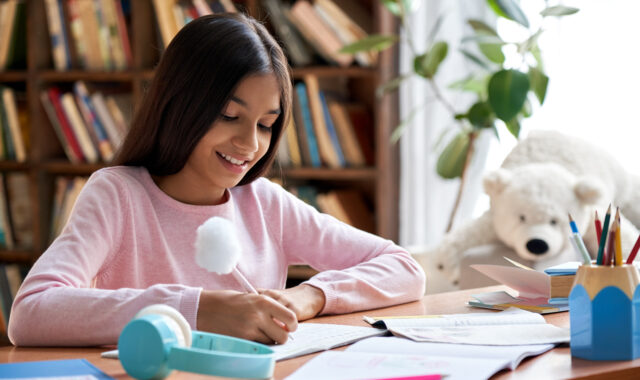Contents:
A good tutor-student relationship isn’t just about teaching content; it’s about creating an environment where students feel supported, empowered, and motivated to learn. Effective communication and rapport-building techniques play a critical role in developing this relationship. In this article, I’ll explore some key strategies to help you build a strong and positive connection with your students.
1. Establish trust and mutual respect
Trust forms the foundation of any meaningful relationship. As a tutor, it’s essential to demonstrate trustworthiness and respect towards your students. Show genuine interest in their learning journey, listen actively to their concerns, and validate their experiences. You’ll be seeing your students quite frequently, so don’t be afraid to get to know them better. Ask them how school life is, how their weekend was, etc.
Establishing a connection beyond academics can help build trust and rapport. This, in turn, can help you create a comfortable and supportive environment where students feel valued and understood. Such a bond not only enhances the learning experience but also encourages open communication and collaboration, ultimately leading to greater academic success and personal growth.

2. Create a welcoming environment
Building on the previous point, always keep in mind that the learning environment plays a key role in shaping students’ attitudes and behaviours. Ensure that your tutoring space is inviting, organised, and conducive to learning. Customise your whiteboards or PowerPoints to align with your tutee’s learning preferences. It’s often helpful to directly ask your student how they learn best. Some students prefer diagrams, images and flowcharts, whereas others benefit more from written information. Make sure your style of teaching is suited to the individual’s needs, and remember that a welcoming atmosphere helps students feel relaxed, which is essential for effective learning.
3. Practise active listening
Effective communication begins with listening. Be fully present during tutoring sessions and give your students your undivided attention. Encourage them to express their thoughts, questions, and concerns openly. By actively listening to their perspectives, you demonstrate empathy and understanding, which strengthens the tutor-student bond. When students feel heard and valued, they are more likely to reciprocate by actively listening to you.
4. Tailor instruction to individual needs
As I touched on before, every student is unique, with distinct learning styles, strengths, and challenges. Adopt a personalised approach tailored to each student. Keep in mind that some students may not actually know what works best for them, so it can be worth trialling a few different techniques. I recommend using videos, diagrams, bullet-pointed notes, a mix of long/short/multiple choice questions, and poster-style notes to see which method is most effective. It can also be useful to do ‘mini tests’ to identify areas of strength and areas that require improvement.

5. Provide (and receive!) constructive feedback
Feedback is a powerful tool for enhancing student learning. Try to offer timely and constructive feedback that focuses on both strengths and areas for improvement. I usually end each lesson with a very brief conversation about how they did. I tend to give more detailed and specific feedback monthly. Highlight specific actions or strategies that students can implement outside of lessons. Ensure that feedback is delivered in a supportive and encouraging manner, motivating students to strive for continuous improvement.
Similarly, be open to receiving feedback yourself from students! Stay open minded and be willing to adjust your teaching strategies based on their feedback, progress, and changing needs. By demonstrating flexibility and adaptability, you show your students that their needs are your top priority.
6. Celebrate achievements and milestones
Recognise and celebrate your students’ achievements, no matter how small they may seem. Whether it’s grasping a tricky concept, improving their grades, or simply demonstrating exemplary effort, acknowledging their progress can make a significant impact. When students feel their efforts are recognised and praised, they become more motivated to push themselves further. Building a student’s confidence fosters enthusiasm for learning and encourages them to continue their journey with greater determination.
In conclusion, building a positive tutor-student relationship requires intentional effort, effective communication, and genuine care for your students’ wellbeing and academic success. By implementing these strategies, you can create a supportive and empowering learning environment where students thrive and reach their full potential. The impact of a positive tutor-student relationship extends far beyond academic achievement; it shapes students’ attitudes towards learning and sets the stage for lifelong growth and success.






Comments